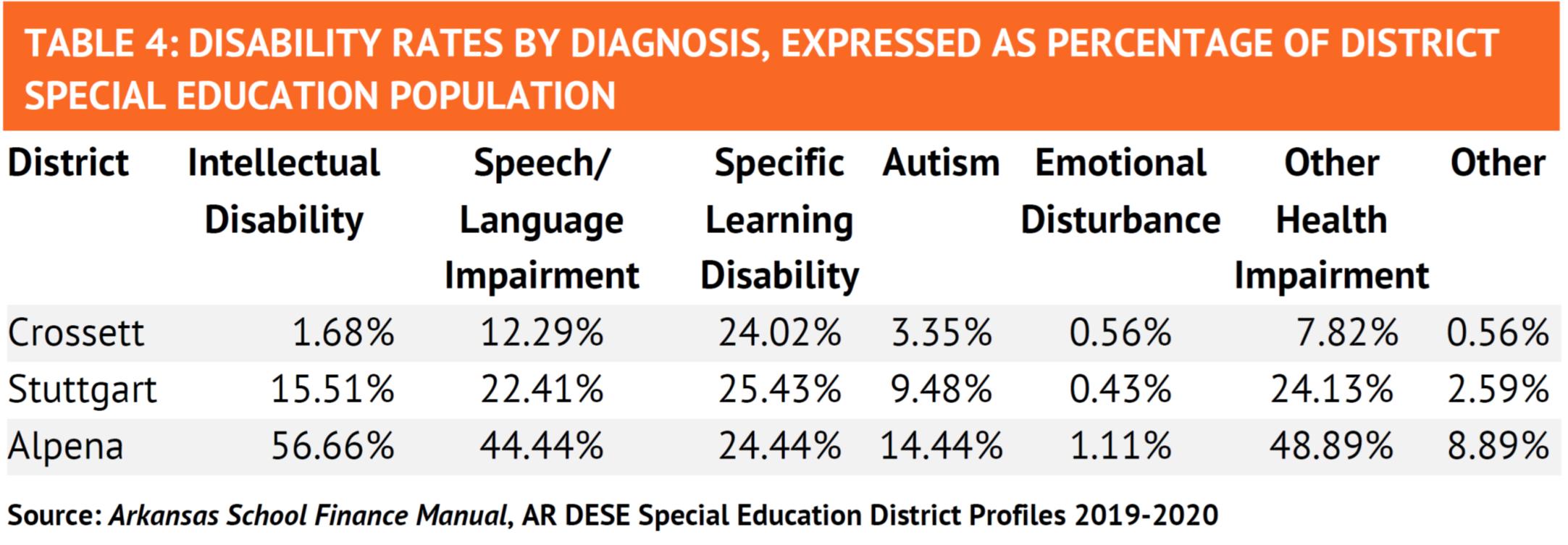In recent years, Arkansas has received significant criticism for the way it funds K-12 special education services. Despite the fact that school districts have varying populations of special education students, Arkansas’s school funding formula assumes a uniform rate of special education needs across all of its school districts. While this system makes special education funding less administratively burdensome, it creates disparities between the resources school districts receive and the actual needs of special education students.
A new policy brief from Reason Foundation’s education team explores Arkansas’s school funding system in depth and recommends potential solutions for the state’s special education funding problems, among others.
Arkansas’ education funding formula automatically provides funding for 2.9 special education teachers for every 500 students. This amounted to $383 per student (all Arkansas students) in the 2018-2019 school year, regardless of a school district’s actual special education population.
In practice, this means that not all special education students are treated fairly.
Table 3 from the policy brief, shown above, reveals how the Crossett, Alpena, and Stuttgart school districts all have different special education student counts and estimates how much funding each school district receives for that purpose.
In the final column, Table 3 shows how these three districts are all technically receiving different amounts of funding for each special education pupil. Additionally, the special education populations at each of these districts vary in terms of the severity of their disabilities.
Table 4 below shows the various disabilities of these students in these three school districts. The severity of disability can greatly affect the cost of educational services, a reality that the state’s education funding system also overlooks.
This unfairness persists across the state and has become a major point of concern for school district superintendents. To ensure that education funding is effectively targeted to students with additional learning needs, Arkansas should adopt a weighted student funding model that attaches weights to specific special education students and differentiates funding weights by the severity of student disabilities.
Targeting resources to students’ needs is important, in part, because school districts are required by federal law to provide certain services for these students either way—meaning that when the funding doesn’t come, districts are forced to dip into other areas of their budgets to provide proper services for their special education students.
While it is impossible to determine exactly how much funding is required to serve a student with a certain disability, Arkansas needs to prioritize resources for students with more severe disabilities and for school districts with larger special education populations.



